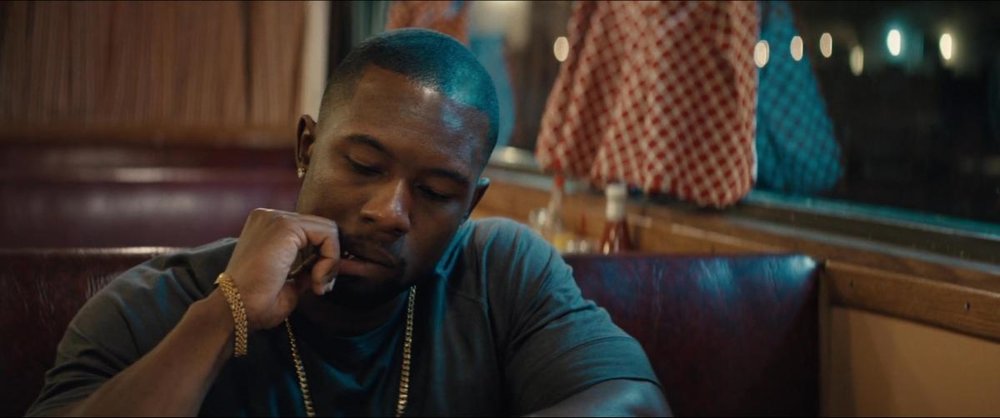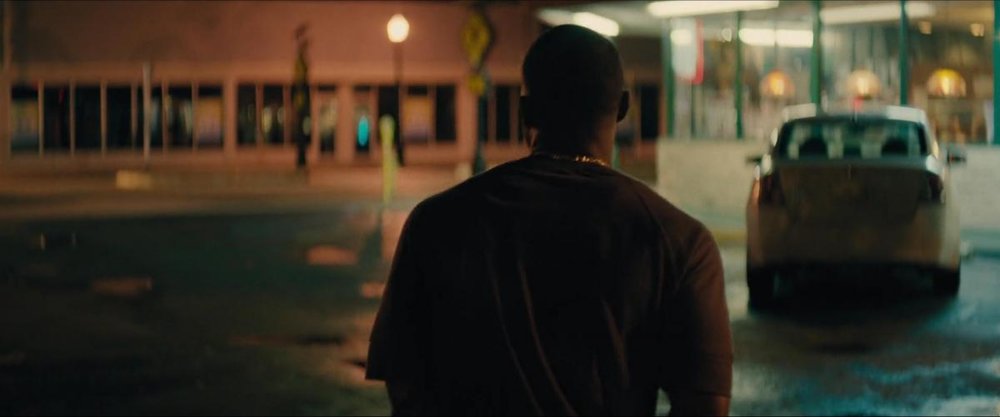
Giordano Maestrelli Zarnicinski
-
Posts
4 -
Joined
-
Last visited
Posts posted by Giordano Maestrelli Zarnicinski
-
-
Hey guys! Thanks for all the kind replies :)
I'll be hearding about the lab later today. They will double check if there is any abnormality on the film and will let me know.
About shipping film through carriers like Fedex/UPS/DHL: I called both Fedex and UPS's brazilian offices an they were unanimous on the fact that all packages go through x-ray and they can't ensure that it won't. We'll be sending other two cans through another friend tomorrow; I guess it is safer to have someone trying to bypass carry-on x-ray machines (and, eventually, having to let the cans be scanned by low-dosage machines) than not knowing what is going to happen when shipping the film and taking the risk of having the cans scanned by high-dosage machines (I'm not sure what kind of x-ray Fedex packages go through, and they weren't able to inform me).
From all that I have read on these past few weeks, carry-on x-ray effects are really minimal and nothing to worry about, especially on everything below 500 ASA. However, checked luggage x-ray and (maybe) the ones that scans carriers packages, are realllllyyyyyyyy risky.
Will let you guys know ASAP!
-
Hey guys! I know that what I'm about to ask was vastly discussed and talked about 10 year ago on this forum, but I was unable to find topics discussing film x-ray damage on more recent times.
Recently I shot my very first project on 35mm film! It was a music-video where we managed to rent a Arriflex 435 ES and shot some expired Kodak Vision2, both 500T and 250D (we shot three 400ft cans, all of them expired at the end of 2007). During pre-production we ran some tests to find out how much sensitivity/color the film had lost, and was very happy when we discovered that colors were amazing and we had lost only one stop on each roll.
However, I'm kind of worried that some of our cans may have been damaged on airport x-ray. A colleague of ours fled to the U.S taking the film with him (to be processed by Kodak NY) and asking for it to be hand-inspected. On one of the airports he managed to do that just fine, but on another one (São Paulo, in Brazil), he was unable to get it hand inspected and had to let it go through the carry-on X-Ray machine.
He asked the security officers to lower the x-ray dosage to the minimum, but, still, I'm worried that the fact that we're dealing with expired film + the x-ray dosage may fog or damage the film in any way.
Do you guys have some info on that?
Thank you a lot!
-
Hey guys! My first post here ;)
Currently I'm prepping to shoot my first short-film. I've worked as a DP on commercials and documentaries, but never on narrative film.
The script I'll be shooting involves a great amount of tension on the characters almost from beginning to end, so, along with the director (we've worked together a billion time, also as a directing duo) I'm deciding how to bring this tension to the camera. Hard sunlight hitting the subjects face on a low-key enviroment is a great option, but I'm seeking ways to create this tension/contrast through color/color mixing. "Moonlight", shot by James Laxton is a nice reference, so, I was wondering how Laxton accomplished some shots, especially these ones:
On an interview, Laxton says he changed the greenish fluorescents from the restaurant to get this blue look (although at the exterior shot they seem quite green to me), the one working as a backlight on the interior shot. I was wondering what kind of lamp is that and at what temperature? I imagine that the inside tungstens are 3200K ~ 2800K, but the outside blue is just to blue to be a regular daylight 5400K.
Also, at what white balance was the camera set to be able to capture yellow from the inside and blue from the outside?
Thank you guys very much, really happy to be a part of the forum ;)




Spirit vs Scanity / overscanning; quality; etc
in Film Stocks & Processing
Posted
Hey guys!
I just finished a 16mm shoot and am on the process of sending the negatives do be processed by CineLab London. They offer tons of scanning solutions and I'm kind of confused with some of them. Would love if you guys could help me with some questions :)
1.They state that all of the scans are deliveres as .dpx "full frame" files - Full Frame is only the image? Or will I see the borders, sprockets and etc?
2. What does it mean to have the negatives "overscanned"? They offer this option only on the Scanity scans - does it means that I'll see the sprockets, borders, etc?
3. What are the image quality difference between Spirit and Scanity scans? Is it significant?
Thanks for the attention!